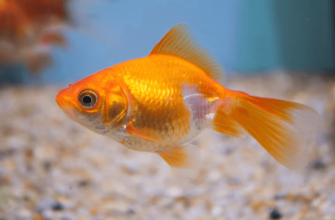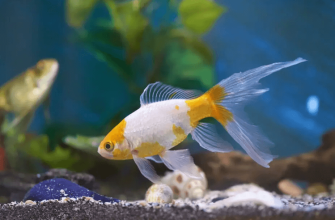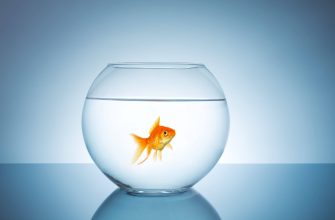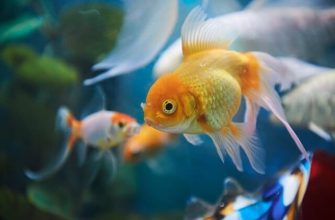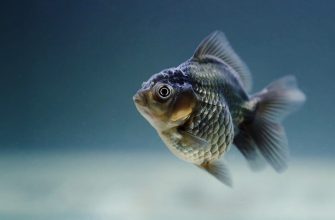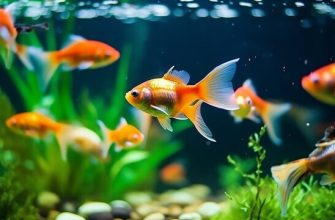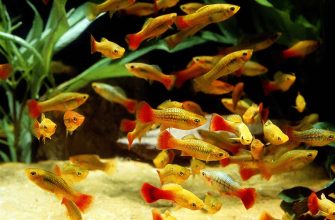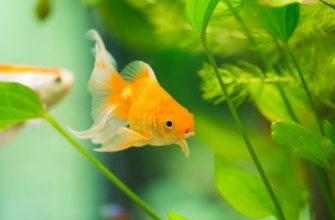Goldfish are one of the most popular fish kept as pets around the world. While they may seem simple, goldfish actually have a fascinating reproductive process. As egg-laying fish, goldfish reproduce through spawning, which involves the female releasing eggs and male fertilizing them externally.
This allows thousands of eggs to be produced at once. After a short incubation period, goldfish eggs hatch into tiny fry that rapidly grow into juvenile fish. Understanding the goldfish breeding process provides insight into how these pets propagate and raise their young.
Goldfish Are Egg-Layers
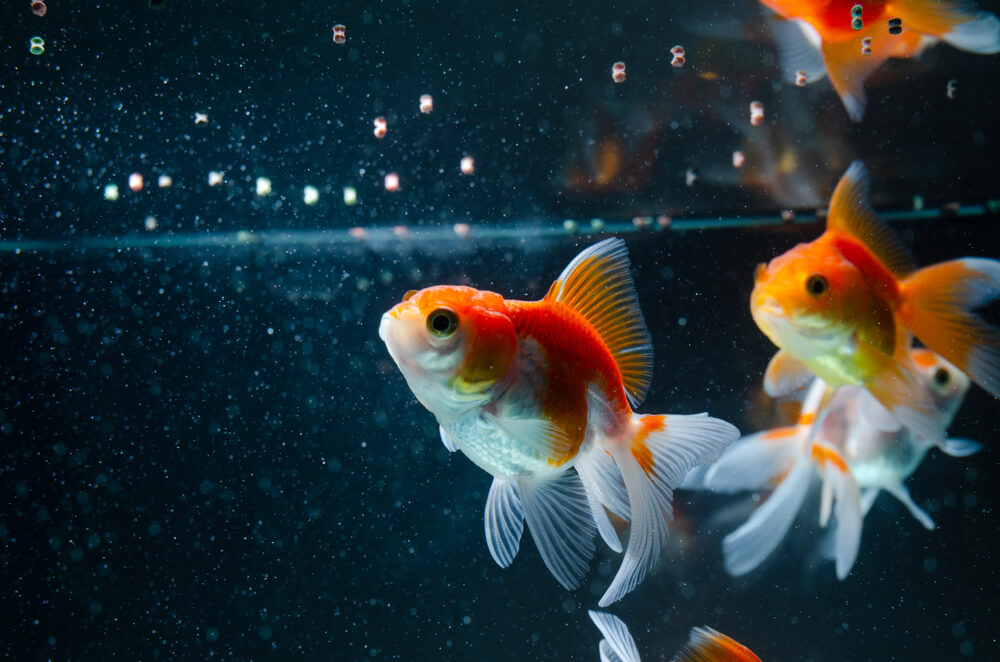
Goldfish are oviparous, meaning they lay eggs rather than giving live birth. As egg-laying fish, goldfish are born from eggs that the female lays and the male fertilizes externally in the water.
This method of reproduction categorizes goldfish as egg-layers. The eggs hatch into baby goldfish known as fry after an incubation period.
Spawning Season
Goldfish breed during the spring and summer months when water temperatures rise above 60°F. Spawning season typically runs from April through August in outdoor ponds, though breeding can occur year-round in indoor aquariums with stable temperatures. The increase in daylight hours and warmer water triggers hormones that prepare goldfish for spawning. Males begin developing tubercles on their gill covers and pectoral fins as the breeding season approaches. Females grow rounder and plumper as they produce eggs.
Goldfish are most active and likely to spawn when water temperatures reach 68-74°F. Spawning activity declines once temperatures drop in the fall. The exact spawning period depends on geographic location and climate. Goldfish in warmer climates may spawn for longer periods than goldfish in colder areas. Providing optimal conditions like clean water, a nutritious diet, and proper tank mates allows goldfish to breed successfully.
Mating Ritual
The mating ritual begins when the male chases the female around the tank in an attempt to trigger spawning. This chase can last up to several hours as the male tries to coax the female to release her eggs. When the female is ready to spawn, she will start to turn sideways and touch her vent to objects in the tank. The male will follow close behind and fertilize the eggs as they are released.
Spawning usually happens in the early morning and can last 30-60 seconds as the female releases a stream of eggs while swimming around the tank. The male follows behind, fertilizing the eggs. This process repeats several times until 300-1000 eggs have been deposited. After spawning, the male may continue chasing the female periodically to trigger additional spawning over the next few hours.
Egg Production
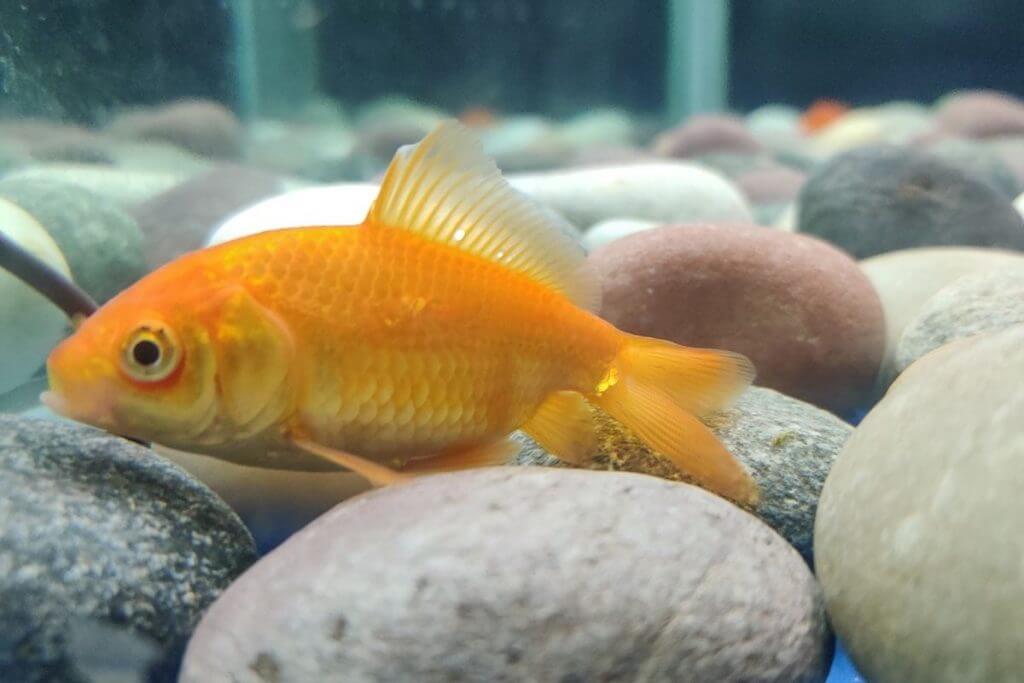
Female goldfish can lay a lot of eggs during the spawning season. A single female is capable of producing up to 10,000 eggs in a single spawning event. However, the actual number of eggs laid will depend on the size and age of the female. Larger, older females tend to produce more eggs than younger, smaller females. The number of eggs can range anywhere from a few hundred to several thousand.
Even though a female may lay thousands of eggs, not all of them will be fertilized and develop into fry. The male must fertilize the eggs after they are laid. Factors like the ratio of males to females, the health of the fish, and tank conditions impact fertilization rates. Only a small percentage, around 5-10%, of the eggs laid will ultimately hatch into baby fish. So while the potential output is high, the actual viable offspring is much lower.
Egg Features
Freshly laid goldfish eggs are small, spherical, and translucent. They appear glassy and colorless, though some may have a faint yellowish or greenish tint from the yolk inside. The eggs are very delicate, averaging 1-2 millimeters in diameter. Under magnification, the surface of a goldfish egg looks bumpy, resembling a golf ball, due to chorionic filaments that help the embryo breathe.
Newly spawned eggs are also quite sticky, allowing them to adhere together in clumps or attach to plants and other surfaces. This helps protect the fragile eggs during incubation. Though tiny, goldfish eggs contain a complete embryo inside that will start developing immediately after fertilization. Within 12-24 hours, the outline of the embryo becomes visible through the translucent egg membrane.
Incubation Period
Goldfish eggs take 2 to 7 days to hatch after being laid, with most hatching closer to 3 to 5 days later 1. The incubation period can vary based on water temperature, oxygenation, and other environmental factors. Eggs kept in optimal aquarium conditions with proper temperature, filtration, and aeration will hatch faster than eggs in suboptimal settings. Generally, warmer water temperatures around 70-75°F will accelerate hatching compared to cooler water.
Unfertilized eggs may take much longer to hatch, often failing to hatch entirely. Unfertilized eggs will eventually fungus over and turn white in color, a sign they are not viable. Properly fertilized eggs remain clear or opaque yellow/brown, and embryos should be visible inside prior to hatching.
Overall, goldfish owners should expect eggs to hatch within about 3-5 days in a typical home aquarium if conditions are ideal. Monitoring the eggs daily and looking for developing embryos and hatching fry will help determine if the incubation period is progressing normally. Any eggs still unhatched after 7 days or longer may be infertile.
Caring for Eggs
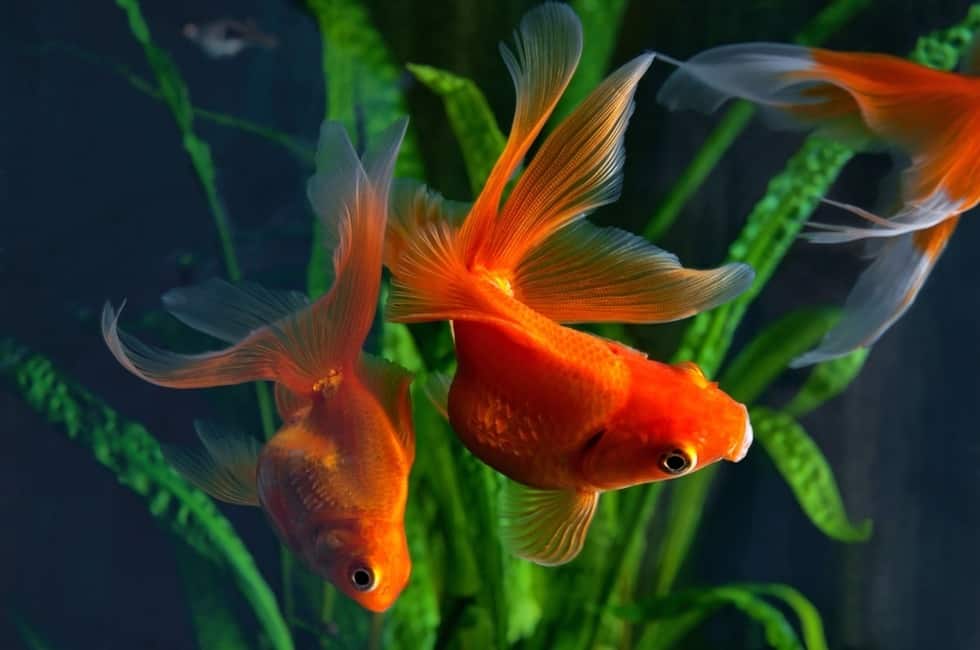
Goldfish eggs are very delicate and require proper care for successful hatching.
Here are some tips for caring for goldfish eggs during incubation:
-
Perform regular water changes of 10-20% daily to remove waste and keep water clean. Use an air stone or pump to maintain oxygenation. Proper water quality is crucial for egg health.
-
Maintain stable water temperature around 70-75°F. Fluctuations in temperature can impact development. Use a heater or chiller as needed.
-
Remove any dead or fungus-covered eggs promptly. They can pollute the water and spread infection. Use a siphon or turkey baster for gentle removal.
-
Add an antifungal treatment like methylene blue to prevent fungus growth on eggs. Use as directed on the product label.
-
Keep the tank dimly lit to reduce stress. Too much light can encourage fungus and bacteria growth.
-
Avoid disturbing the eggs until hatching. Agitating the eggs can damage their fragile outer membrane.
With attentive care and optimal water conditions, goldfish eggs have a good chance of hatching successfully. Monitor them daily and address any issues right away.
Fry Development
Goldfish fry go through several stages of development after hatching from their eggs. For the first 2-3 days, the fry will continue to absorb their yolk sac for nutrients. After the yolk has been fully absorbed, the fry will be free-swimming and will need to start feeding on infusoria or finely crushed fish food.
During the first week, goldfish fry grow rapidly, nearly doubling in size. Their fins and organs continue to develop during this stage. After 1-2 weeks, the fry’s coloration will start to appear and they can begin feeding on baby brine shrimp or microworms.
Within the first month, goldfish fry reach the juvenile stage. At this point they should be around 0.5 inches long and will start to resemble small versions of adult goldfish. Their growth rate will slow down compared to the first weeks but they will continue growing over the next several months, reaching 1-2 inches in length. Proper feeding and tank maintenance is crucial during this stage to support healthy development.
Conclusion
Goldfish are fascinating fish that reproduce by laying eggs. We’ve covered key points about their spawning habits and egg development:
-
Goldfish reach sexual maturity and begin spawning around 1-2 years old. Spawning season is typically in the spring as water temperatures rise.
-
During mating, the male chases the female until she releases her eggs. Then he fertilizes them externally. Each female can lay hundreds or thousands of eggs per spawn.
-
The eggs are small, transparent spheres about 1 mm in diameter. They contain no food source, so goldfish are oviparous rather than viviparous.
-
Eggs take 3-7 days to hatch depending on water temperature. Warmer water speeds up incubation.
-
Caring for goldfish eggs requires maintaining clean water and preventing fungal infections. Moving eggs to a separate hatching tank helps ensure their survival.
-
Once hatched, the fry cling to plants and rocks for safety. In a few days, they become free-swimming. With proper feeding and care, they will mature into adult goldfish.
Goldfish reproduction is a remarkable process. Their ability to lay copious amounts of eggs has contributed to their success as pond and aquarium fish worldwide. With the right environment, goldfish will continue breeding and laying eggs season after season.

